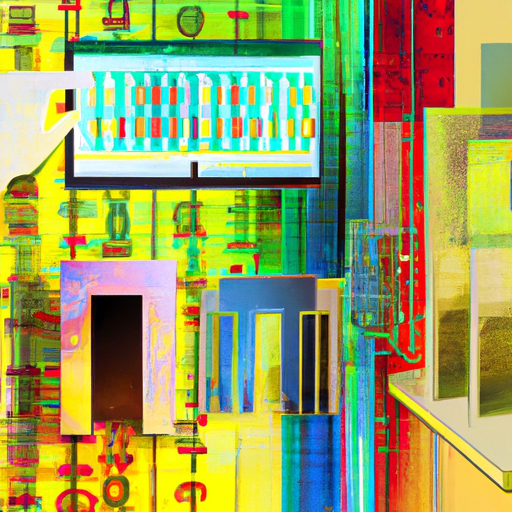Smart homes have become increasingly popular in recent years, offering convenience, security, and energy efficiency to homeowners. However, these innovative devices and systems also come with their fair share of vulnerabilities. As technology continues to advance, so do the risks associated with smart homes. In this article, we will explore the challenges faced when securing smart homes and discuss effective solutions to navigate these vulnerabilities.
The Growing Concern of Smart Home Security
With the rise of Internet of Things (IoT) devices, smart homes have opened up a world of possibilities. From remotely controlling lighting and temperature to monitoring security cameras, the level of connectivity offers unparalleled convenience. However, this connectivity also leads to increased points of entry for potential hackers.
One of the biggest challenges in securing smart homes is the lack of standardized security protocols across devices. Many products fall short when it comes to robust security measures, leaving them vulnerable to cyberattacks. From insecure passwords and weak encryption to unpatched vulnerabilities, there are numerous avenues for attackers to exploit.
The Threat Landscape
As smart homes become more prevalent, hackers have also adapted and evolved their techniques. They can exploit vulnerabilities in devices to gain access to sensitive data or even control critical systems within the home. For example, a hacker could infiltrate a smart security system and disable it, leaving the home exposed to physical theft.
Another concern is the potential for privacy invasion. Smart home devices collect a vast amount of data, ranging from daily routines and personal habits to audio and video recordings. If unauthorized parties gain access to this information, it can lead to serious privacy breaches and even blackmail.
Effective Solutions for Smart Home Security
Despite the challenges, there are several steps that homeowners can take to enhance the security of their smart homes.
1. Strong Passwords: A simple but effective measure is to ensure strong, unique passwords for all smart home devices. Avoid using common passwords or personal information that can be easily guessed by hackers.
2. Regular Updates: Keeping devices up to date with the latest firmware and security patches is crucial. Manufacturers often release updates to address known vulnerabilities, so make sure to regularly check for and apply these updates.
3. Network Protection: Secure your Wi-Fi network by changing the default password, enabling WPA2 encryption, and configuring a firewall. Consider setting up a separate guest network for smart devices to isolate them from your main network.
4. Two-Factor Authentication (2FA): Enable 2FA whenever possible to add an extra layer of security. This ensures that even if your password is compromised, an additional verification step is required for access.
5. IoT Security Platforms: Consider using dedicated IoT security platforms that offer comprehensive protection across multiple devices. These platforms often provide features like device monitoring, anomaly detection, and centralized control.
6. Privacy Settings and Permissions: Review the privacy settings and permissions of your smart home devices. Disable any unnecessary data collection features and limit access to essential functions only.
The Importance of Education and Awareness
While implementing security measures is crucial, education and awareness also play a significant role in safeguarding smart homes. Homeowners should stay informed about emerging threats and best practices for securing their devices. Regularly educate yourself and your family members about potential risks and how to identify and report suspicious activities.
Furthermore, manufacturers and developers need to prioritize security in the design and production of smart home devices. It is essential for them to embed robust security measures, provide timely updates, and enhance user education to ensure a safer smart home ecosystem.
In Closing
Securing smart homes is an ongoing challenge that requires a proactive approach from both homeowners and industry stakeholders. By implementing the aforementioned solutions and staying vigilant, we can navigate the vulnerabilities present in connected homes and enjoy the benefits of a smart and secure living environment.









